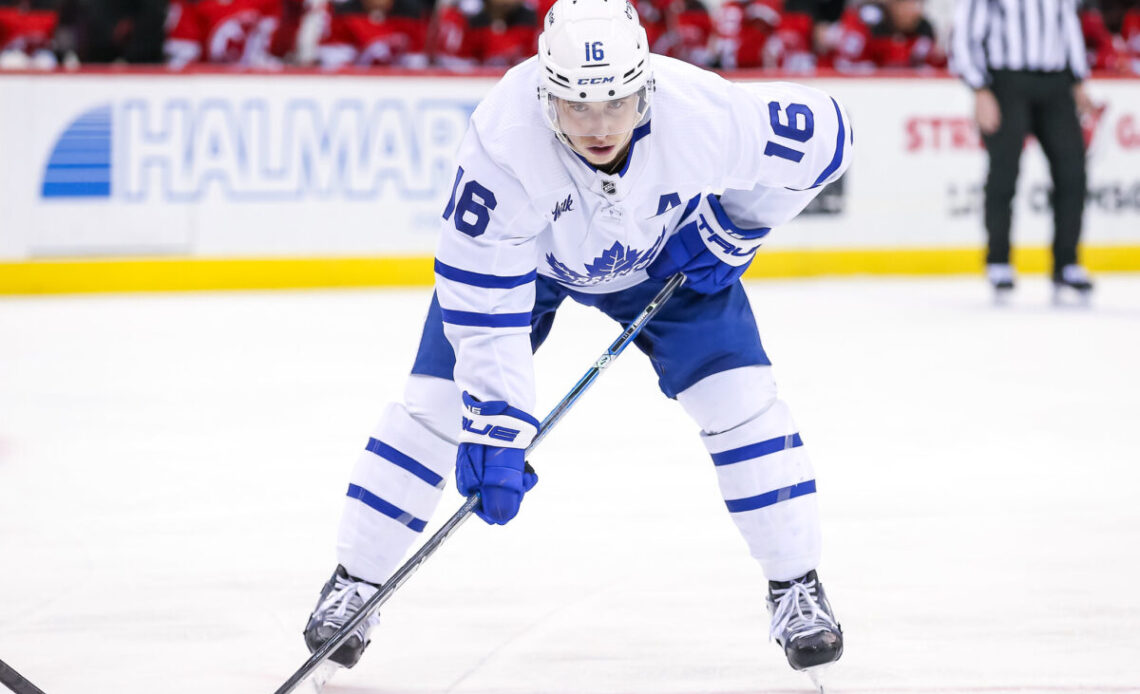During the regular season, there are few players in the NHL who can impact a game like Toronto Maple Leafs’ forward Mitch Marner. He is seventh amongst all players in scoring over the past five seasons with 415 points in 335 games and is coming off of another great season in which he recorded 85 points in just 69 games.
As his numbers prove, there is absolutely nothing to be concerned about when it comes to Marner’s regular-season production. His 639 points in 576 games indicate he is well worth his $10.9 million cap hit, and may even be in line for a raise once that deal expires following the 2024-25 season. The issue for Marner, however, is that he is an entirely different player once the playoffs arrive.
Marner Invisible Through Two Games Versus Bruins
Despite the Maple Leafs winning on Monday night to even up their first-round series against the Boston Bruins, Marner was a non-factor for the second-straight game. In fact, he was almost completely invisible, creating little to no scoring chances.
Given that it has only been two games, it shouldn’t be much of a concern. However, this trend is nothing new for Marner, who has always seemed to crumble under the pressure of the postseason throughout his career. While his 47 points in 52 playoff outings seem respectable on the surface, many of those points have come in bunches or when his team is already out of the game and/or series. Maple Leafs fans are well aware that he is far from the dynamic force they are used to seeing in the regular season.
A big part of this is due to the way Marner plays the game. While highly skilled, he is regarded by many as a perimeter player, one who doesn’t like physical play and isn’t known for going into the dirty areas. These types of players are generally fine in the regular season but get exposed in the playoffs, which often features a far more physical style of game.
Though the Leafs are only two games into their playoff run, there have already been several instances of Marner’s soft play on display. Perhaps worst of all was a play in which he had a clear lane to be the first to the puck along the boards in the Bruins’ end. Realizing that he would need to take a hit from Charlie McAvoy in order to get the puck, he instead bailed on the play and allowed the Bruins defender to scoop it up. This type of play is far from a one-off for…
Click Here to Read the Full Original Article at The Hockey Writers…

